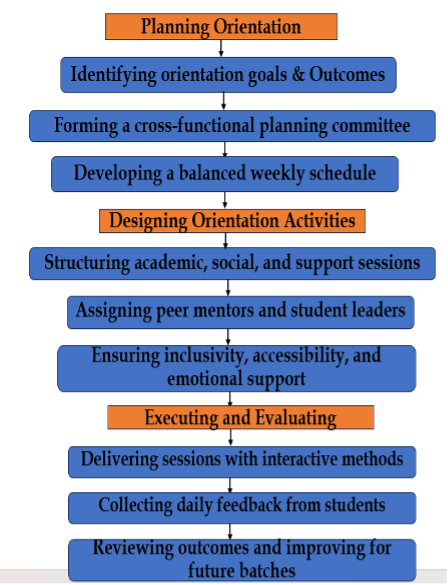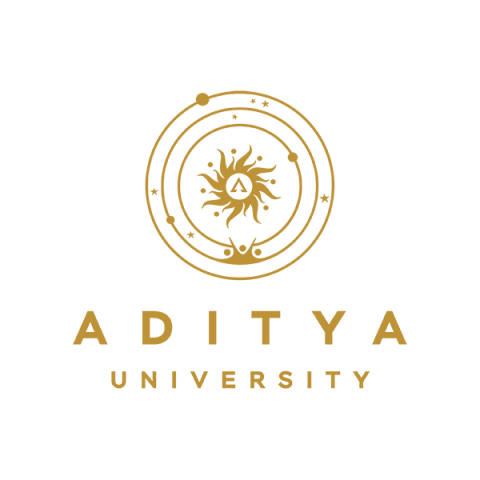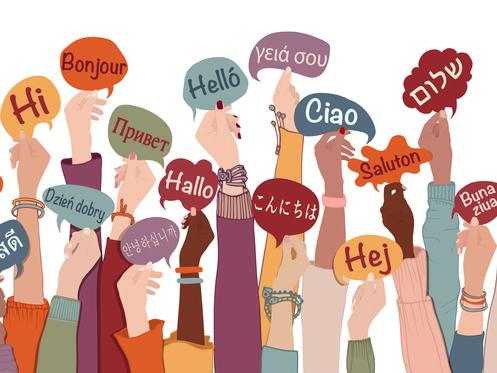
How student feedback and planning shape a high-impact orientation programme
When done well, orientation feels less like a lecture and more like a welcome filled with conversations, campus walks, peer interactions and small wins (like finding their classroom or meeting a mentor) that build early confidence. It’s not just about information; it’s about helping students feel that: “I can do this, and I’m not alone.”
Most new university students, taking their first real steps into campus life, expect a programme that offers clarity, a friendly atmosphere and help navigating a completely new environment. They look for clear guidance about academics along with warm social connections and reassurance that they belong.
These first-week experiences – from the first day of academic life – play a pivotal role in shaping student success, well-being and long-term outcomes for incoming cohorts. On the institution’s side, delivering a high-impact, inclusive, engaging and purpose-driven orientation programme requires practical strategies. Planning should provide a comprehensive framework for academic and administrative leaders to support student transition, build community, introduce academic culture and promote confidence and a sense of belonging. Student feedback, too, directly shapes orientation design, showing that listening is built into the design and improvement process.
- Use welcome workshops to build student belonging
- Welcome! Now what?
- How can universities ensure all new students feel welcome?
Key components of creating an effective orientation week include understanding what information students will need to settle into their university studies and crafting a realistic schedule for activities and presentations. Here are steps to consider:
Set purposeful goals for university orientation week
Successful orientation programmes are similar to impactful courses – they are designed around clear goals (see Figure 1). Without these, orientation can become a random collection of events with no real impact. While each university will have its own priorities, our programme aims to give students:
- familiarity with campus infrastructure and digital platforms
- an understanding of academic norms and the code of conduct, as well as academic support services
- a feeling of being welcome, respected and socially connected
- knowledge of where to go for help academically, emotionally and logistically.
Clarity in goals means that every activity in the orientation programme is designed to a specific purpose, whether it’s familiarising students with the campus, introducing them to academic expectations or making them feel welcome and included.
When goals are well defined, the programme becomes a carefully planned journey. Each session makes a meaningful contribution to student transition. For example, a campus tour isn’t just about showing buildings; it helps students feel comfortable navigating their new environment. Similarly, a meeting with faculty isn’t just an introduction; it’s about building trust and academic confidence.
Create a balanced and inclusive schedule
Orientation should not overwhelm students, so avoid programming back-to-back lectures or dry presentations. Instead, curate a blend of academic briefings, social activities, skill-building workshops and downtime. A weekly breakdown might look like:
- Day 1: Institutional welcome, campus tours, ice-breaker games
- Day 2: Academic orientation by departments, faculty meet-ups
- Day 3: Digital tools training, library induction, student services expo
- Day 4: Anti-ragging workshop, mental health and wellness session (ragging is an initiation ritual similar to hazing in the US)
- Day 5: Clubs and committees showcase, peer-mentoring session
- Day 6: Motivational talk by alumni, cultural performances
- Day 7: Feedback collection, closing ceremony, group photo session
Each day’s activities build on students’ knowledge and confidence. For example, we schedule ice-breaker games right after the welcome and campus tour on day one because students are a little anxious and often unsure about how to start interacting. The goal is to break the awkwardness and help students feel they are not alone. A strong start to peer bonding makes the rest of the orientation more engaging and collaborative.
Day three, when students are more settled, is the right time to introduce academic tools such as the library system, learning platforms and student services. If we place it earlier, students may not fully absorb it; if it is held too late, they miss early learning opportunities.
And we schedule peer mentoring on day five, after students have seen the campus, met faculty and experienced the system. This way, when they meet their senior mentors, they have real questions and concerns to share.

Leverage peer mentorship
Peer mentorship is among the most underused yet powerful tools in orientation, according to studies. More-senior students serve as both guides and relatable role models for incoming cohorts. Assigning trained senior mentors to small groups of new students helps break barriers, reduce fear and encourage questions students may hesitate to ask faculty.
A pilot of mentoring circles launched during the 2025 welcome week at Aditya University led to a 26 per cent increase in first-year engagement with academic advisers and counselling support.
Make your orientation programme culturally and emotionally intelligent
Inclusion isn’t a checklist; it’s a design principle. When planning orientation, include diverse student voices in videos and panels. Ensure accessibility in physical venues and digital content.
Offer language support where necessary. At Aditya, we identify students who may not be fully comfortable with English or Telugu through pre-admission forms, early interactions during orientation and feedback from peer mentors. Multilingual guides, bilingual volunteers at help desks and follow-up help such as basic writing skills or mentor-led guidance in their preferred language ensure they receive the right support.
Orientation must also recognise emotional vulnerability. Sessions on homesickness, impostor syndrome and self-care led by counsellors or trained students can be transformative. Normalising help-seeking behaviour from day one supports long-term mental health outcomes.
Use feedback to iterate
Orientation is not a “set once, repeat forever” process. Daily feedback from the first-year students participating in the orientation programme, through QR-coded forms or brief paper surveys, helps identify what resonates and what needs immediate adjustment. Post-week analysis ensures each batch receives a better experience than the last.
For example, we received feedback that the digital tools session was too fast and too technical. So we split the session into a demonstration and a hands-on lab, and added peer volunteers and a step-by-step guide. As a result, satisfaction scores improved and more students started using the tools independently from the first week.
From awareness to action
First-week orientation is a university’s first meaningful conversation with students, where they are not being evaluated or processed, but are welcomed, heard and supported. What it says and how it says it matters deeply. Done right, it welcomes not just bodies but hearts and minds. It empowers students to ask questions, seek support and envision success.
Orientation should not be about institutional formality but rather about human connection. When students feel seen, supported and included, they’re more likely to succeed academically and socially. Investing in thoughtful, student-centred welcome weeks is an achievable and profound way to boost long-term outcomes, and it starts with listening to what students really need.
Anusha Nataru is an assistant professor at Aditya University, India.
If you would like advice and insight from academics and university staff delivered direct to your inbox each week, sign up for the Campus newsletter.




